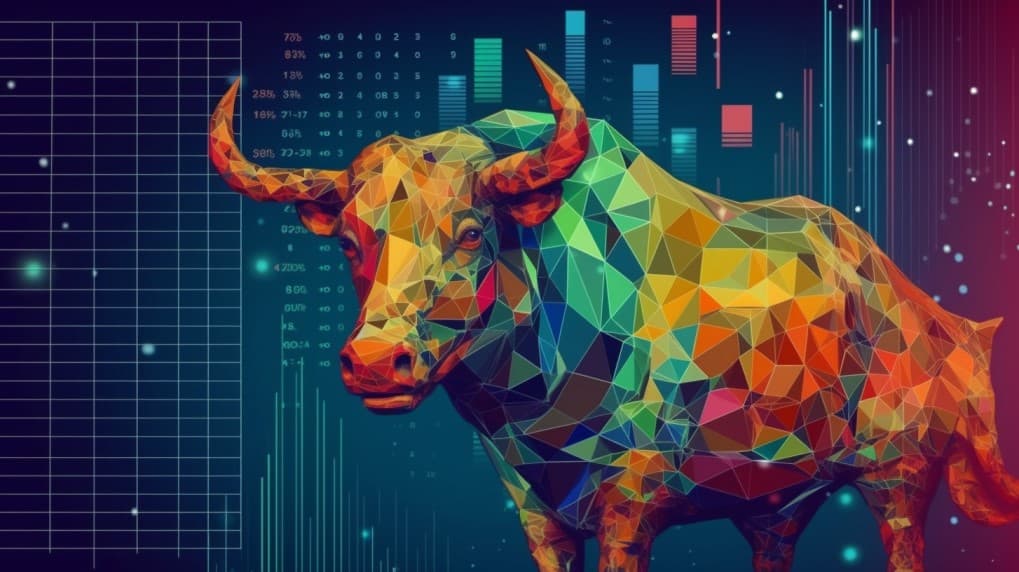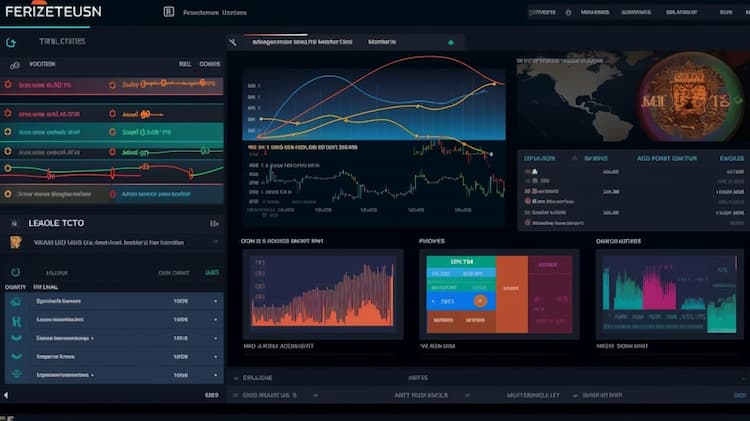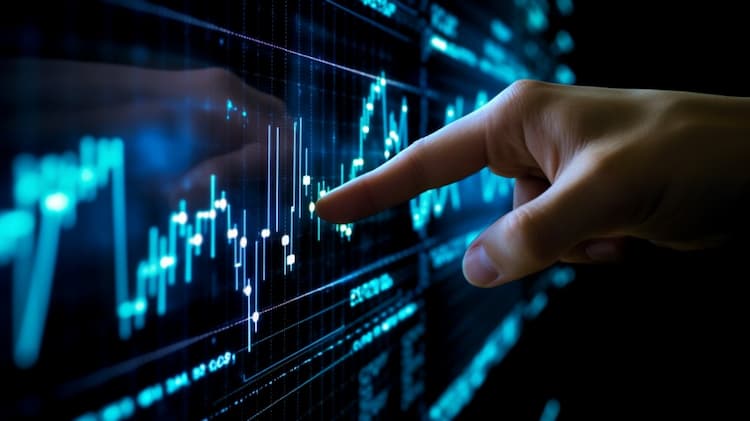
SLV VS PALL: A Comprehensive Comparison of ETFs
Exchange-Traded Funds (ETFs) have transformed the landscape of investment by providing diversified exposure across different sectors and asset classes. In this article, we will conduct an in-depth comparison between two prominent ETFs: SLV (iShares Silver Trust) and PALL (Aberdeen Standard Physical Palladium Shares ETF). Our analysis will cover key aspects such as ticker symbols, full names, issuers, sector focuses, top holdings, capitalization, investment strategies, tracking mechanisms, and exposure methods.
SLV VS PALL: Overview
SLV and PALL are distinct ETFs with their own investment strategies within the precious metals space. While SLV is designed to mirror the price movement of silver, PALL aims to track the performance of palladium. This fundamental difference in focus results in varying risk profiles and exposure opportunities, which we will delve into in the upcoming sections.
SLV VS PALL: Sectors and Top Holdings
The SLV ETF is primarily invested in physical silver, with its main holding being silver bullion. On the other hand, PALL is invested in palladium, a precious metal with industrial applications. PALL's holdings include palladium bullion stored in secure vaults. Understanding the sectors and top holdings of these ETFs is crucial for investors seeking to align their investment goals with the respective ETF's exposure.
 SLV overlap SLV VS PALL: A Comprehensive Comparison of ETFs
SLV overlap SLV VS PALL: A Comprehensive Comparison of ETFs
SLV VS PALL: Capitalization and Investment Strategy
The SLV ETF boasts a substantial asset under management (AUM), reflecting its popularity among investors interested in silver's value. PALL's investment strategy revolves around capturing the performance of palladium, which has industrial demand in addition to its precious metal status. The disparity in capitalization and investment strategy between SLV and PALL leads to distinct potential returns and risks, necessitating careful consideration by potential investors.
SLV VS PALL: Tracking and Exposure
SLV's primary objective is to provide investors with exposure to the daily price fluctuations of silver. In contrast, PALL offers exposure to the palladium market, with its price influenced by factors affecting the demand and supply of palladium, including its use in catalytic converters for automobiles. SLV achieves its tracking through physical silver bullion, while PALL tracks the performance of palladium through an index of palladium bullion prices. Understanding these differing tracking and exposure mechanisms is pivotal for making informed investment decisions.
Conclusion
SLV and PALL are unique ETFs catering to investors with specific interests in silver and palladium, respectively. For those who seek deeper insights into holdings, correlations, overlaps, and other nuanced details, ETF Insider stands as an indispensable tool. With its user-friendly app, ETF Insider empowers investors to explore these and other financial instruments comprehensively.
Disclaimer: This article does not provide any investment advisory services.
Sources:
SLV ETF issuer
SLV ETF official page
PALL quote and analysis
Discover the top holdings, correlations, and overlaps of ETFs using our visualization tool.
Our app allows you to build and track your portfolio.
To learn more about the PALL abrdn Physical Palladium Shares ETF, access our dedicated page now.





